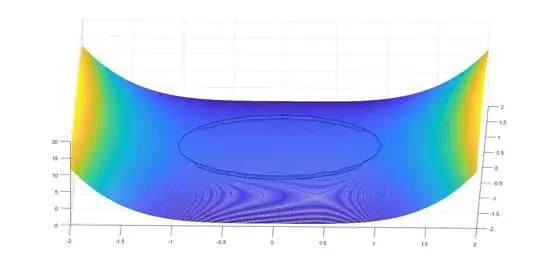Consider the following function
$$f(x, y)=x^4-y^2$$
And Set $A=\{(x,y)\in R^2: x^2+y^2=1\}$
is required.
- find the Lagrangian equation that determines the extreme point of $F$ on $A$ and calculates the solution for this equation.
- characterize the above equation into local maxima and minima.
- using second order condition explain if there are global maxima and minima.
